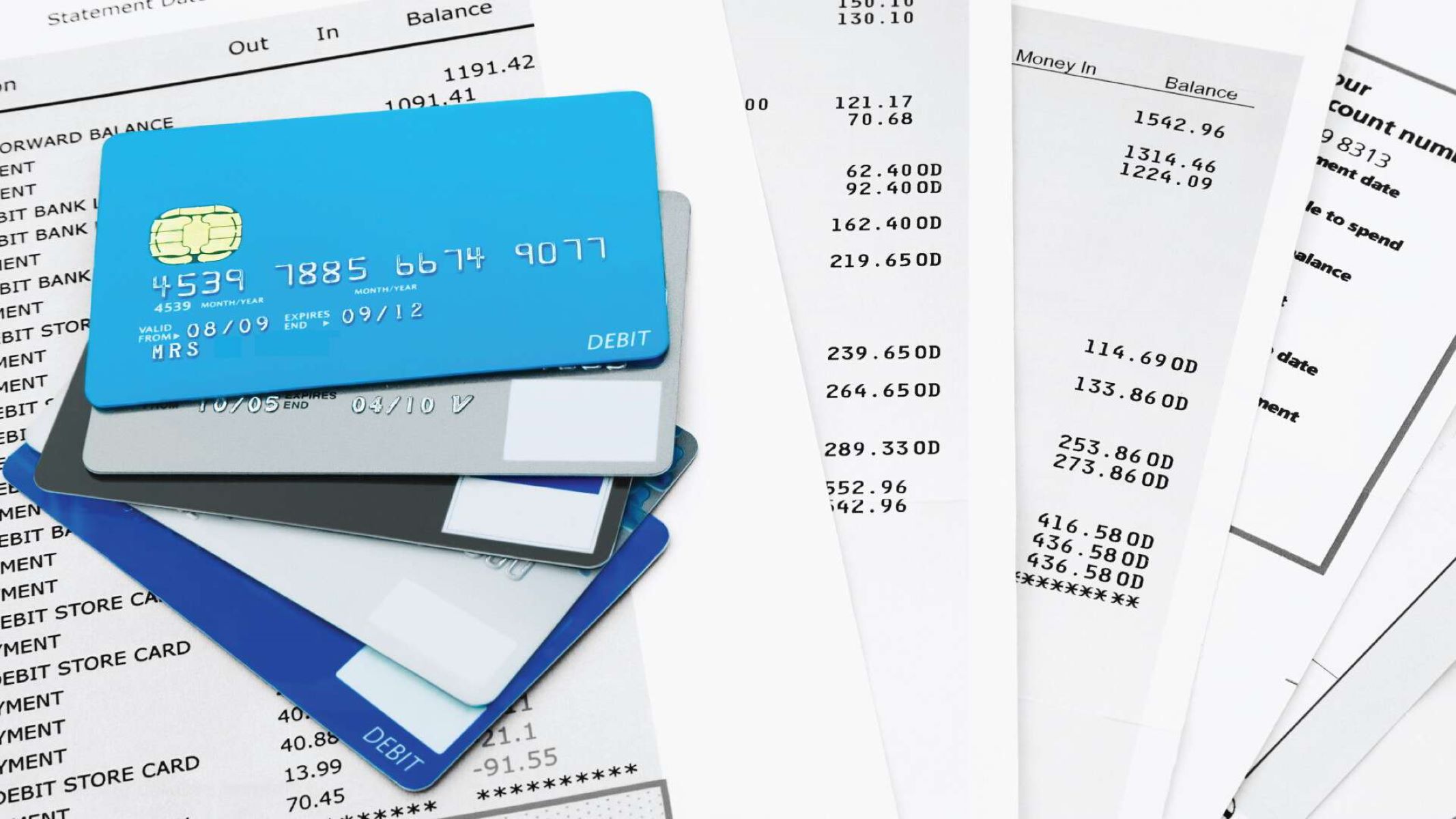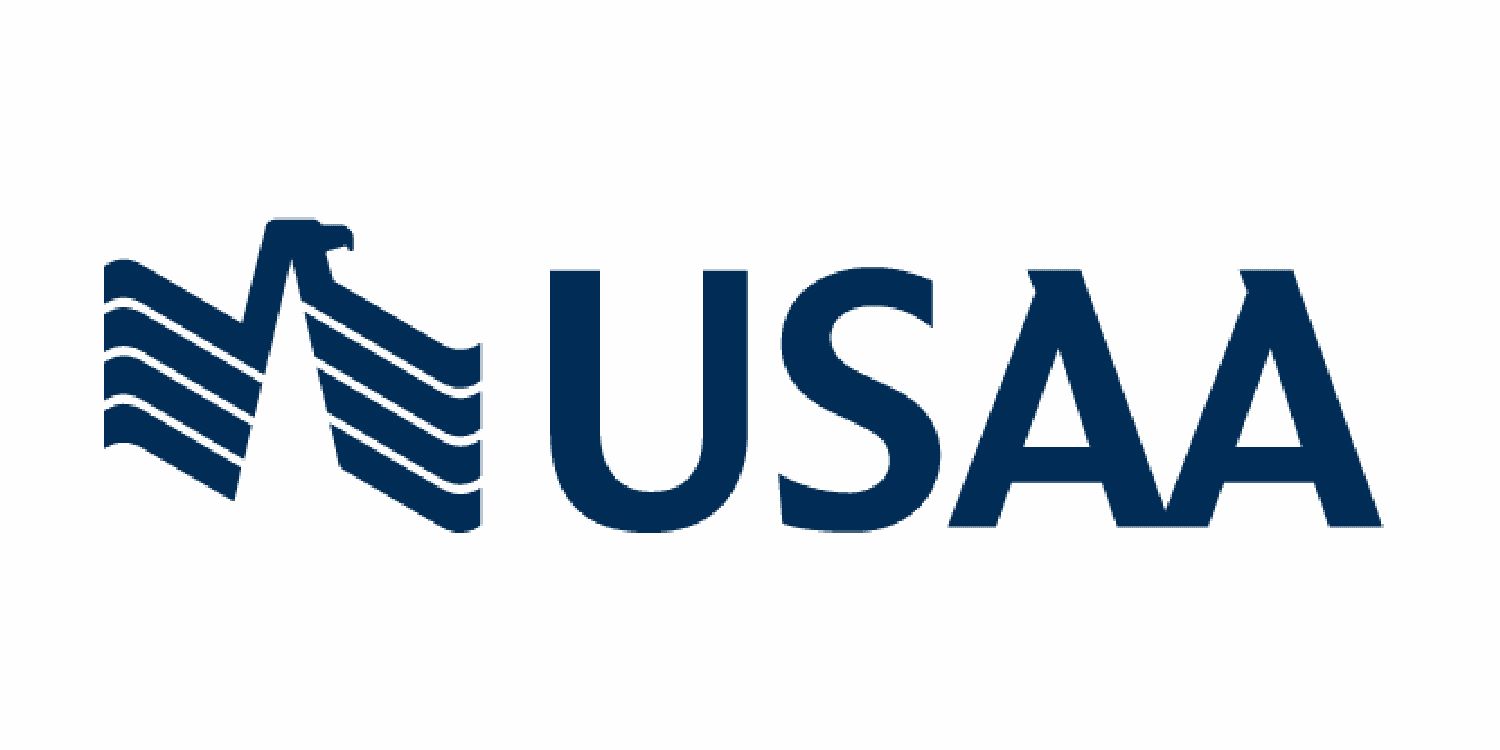Home>Finance>When Must Equipment And Inventory Loans Be Paid Back?


Finance
When Must Equipment And Inventory Loans Be Paid Back?
Published: February 17, 2024
Learn about the repayment terms for equipment and inventory loans in finance. Understand when these loans must be paid back to manage your business finances effectively.
(Many of the links in this article redirect to a specific reviewed product. Your purchase of these products through affiliate links helps to generate commission for LiveWell, at no extra cost. Learn more)
Table of Contents
- Understanding the Importance of Repayment in Equipment and Inventory Loans
- Understanding Equipment and Inventory Loans
- Loan Repayment Terms
- When Equipment and Inventory Loans Must Be Paid Back
- Consequences of Defaulting on Equipment and Inventory Loans
- Strategies for Managing Equipment and Inventory Loan Repayments
- Conclusion
Introduction
Understanding the Importance of Repayment in Equipment and Inventory Loans
Equipment and inventory are vital assets for businesses across various industries. Whether it's heavy machinery for construction companies or perishable goods for retail establishments, these assets play a pivotal role in driving operational efficiency and revenue generation. However, acquiring and maintaining such assets often requires substantial financial investment, which may not always be feasible from a company's internal resources. In such cases, businesses turn to equipment and inventory loans to fund these essential assets.
When businesses secure loans to acquire equipment and inventory, it's crucial to understand the repayment terms and the implications of defaulting on these loans. This article aims to provide comprehensive insights into the repayment of equipment and inventory loans, including the associated terms, the timelines for repayment, and the potential consequences of defaulting. By gaining a deeper understanding of these aspects, businesses can navigate the loan repayment process more effectively and mitigate the risks associated with default.
Throughout this article, we will delve into the intricacies of equipment and inventory loans, shedding light on the specific scenarios that dictate when these loans must be repaid. Additionally, we will explore strategies for managing loan repayments and mitigating the potential repercussions of defaulting. By the end of this discussion, readers will have a well-rounded understanding of the critical considerations surrounding the repayment of equipment and inventory loans, empowering them to make informed decisions and set realistic expectations regarding their loan obligations.
Understanding Equipment and Inventory Loans
Equipment and inventory loans are specialized forms of financing designed to assist businesses in acquiring essential assets for their operations. These loans are tailored to address the unique needs of businesses that rely on specific equipment and inventory to drive their productivity and revenue generation. Equipment loans are typically used to purchase machinery, vehicles, technology, or any other physical assets crucial to the company’s operations. On the other hand, inventory loans are utilized to finance the purchase of goods and materials that will be sold to customers.
One of the key distinctions of equipment and inventory loans is that the assets being financed often serve as collateral for the loan. This means that if the borrower defaults on the loan, the lender may seize the equipment or inventory to recoup their losses. As a result, these loans are often secured, allowing businesses to access more favorable terms and lower interest rates compared to unsecured forms of financing.
Businesses seeking equipment and inventory loans must provide detailed information about the assets they intend to purchase, including their value, expected lifespan, and potential for generating revenue. Lenders carefully evaluate this information to assess the feasibility of the loan and determine the terms and conditions that will govern the borrowing arrangement.
Moreover, the repayment structure of equipment and inventory loans is often tailored to align with the cash flow patterns of the business. For instance, seasonal businesses may benefit from loan repayment schedules that accommodate fluctuations in revenue throughout the year. This flexibility is crucial in ensuring that businesses can manage their loan obligations without undue strain on their financial resources.
By understanding the unique nature of equipment and inventory loans, businesses can make informed decisions regarding their financing needs. These specialized forms of financing offer a pathway for businesses to acquire and maintain the assets essential to their operations, empowering them to sustain and grow their enterprises in a competitive market landscape.
Loan Repayment Terms
Loan repayment terms for equipment and inventory loans encompass the specific conditions and obligations that borrowers must adhere to when repaying the borrowed funds. These terms are outlined in the loan agreement and serve as the framework for managing the repayment process. Understanding the repayment terms is essential for businesses to effectively plan and fulfill their loan obligations while maintaining financial stability.
Typically, the repayment terms for equipment and inventory loans include details such as the loan amount, interest rate, repayment schedule, and any additional fees or charges. The loan amount represents the total funds borrowed by the business to finance the acquisition of equipment or inventory, while the interest rate dictates the cost of borrowing these funds. It’s crucial for businesses to carefully review and comprehend the interest rate, as it directly impacts the total amount repaid over the loan’s duration.
The repayment schedule outlines the timeline and frequency of loan repayments. This schedule may vary based on the specific terms negotiated between the borrower and the lender. Some loans may require monthly payments, while others might follow a different schedule, such as quarterly or semi-annual payments. Understanding the repayment schedule is vital for businesses to effectively manage their cash flow and allocate resources towards meeting their loan obligations.
Additionally, loan repayment terms may include provisions for early repayment or prepayment penalties. While early repayment allows borrowers to settle their loans ahead of schedule, prepayment penalties may be imposed to compensate the lender for the interest income they would have otherwise received. Businesses should carefully evaluate these provisions and consider the potential impact on their overall loan cost when assessing the feasibility of early repayment.
Furthermore, loan repayment terms often specify the consequences of late or missed payments. Lenders may impose late fees or penalties for delinquent payments, and repeated defaults could lead to more severe repercussions, including defaulting on the loan entirely. Understanding these consequences is crucial for businesses to prioritize their loan repayments and avoid detrimental impacts on their credit and financial standing.
By comprehensively understanding the repayment terms associated with equipment and inventory loans, businesses can effectively navigate the loan repayment process, make informed financial decisions, and uphold their commitments to lenders while safeguarding their financial stability.
When Equipment and Inventory Loans Must Be Paid Back
Equipment and inventory loans must be paid back in accordance with the specific terms outlined in the loan agreement. The timeline for repayment is a critical aspect of these loans, as it directly impacts the financial planning and stability of the borrowing business. Understanding when equipment and inventory loans must be repaid is essential for businesses to effectively manage their financial obligations and maintain a positive relationship with their lenders.
The repayment timeline for equipment and inventory loans is typically determined during the loan origination process, taking into account factors such as the loan amount, interest rate, and the expected lifespan and depreciation of the financed assets. This timeline may vary based on the nature of the assets being financed, the business’s cash flow patterns, and the negotiated terms between the borrower and the lender.
Businesses must adhere to the agreed-upon repayment schedule, ensuring that they make timely and complete payments as stipulated in the loan agreement. Failure to meet these obligations can lead to detrimental consequences, including late fees, penalties, and potential damage to the business’s creditworthiness. As such, it is imperative for businesses to prioritize their loan repayments and allocate resources accordingly to fulfill their financial commitments.
Furthermore, the repayment timeline for equipment and inventory loans is closely linked to the anticipated lifespan and utility of the financed assets. For equipment loans, the repayment timeline may align with the expected useful life of the machinery, vehicles, or technology being financed. Similarly, inventory loans may be structured to coincide with the anticipated sales and turnover of the purchased goods and materials.
It is essential for businesses to proactively manage their loan repayment timelines, aligning them with their operational and financial projections. By doing so, businesses can optimize their cash flow and ensure that they have the necessary resources to meet their loan obligations without compromising their day-to-day operations or long-term financial health.
Ultimately, understanding when equipment and inventory loans must be repaid empowers businesses to effectively plan and manage their financial responsibilities, fostering a sustainable approach to loan repayment and maintaining a positive standing with their lenders.
Consequences of Defaulting on Equipment and Inventory Loans
Defaulting on equipment and inventory loans can have severe repercussions for businesses, impacting their financial stability and creditworthiness. When a borrower fails to meet their loan repayment obligations as outlined in the loan agreement, they are considered to be in default. Understanding the potential consequences of defaulting on these loans is crucial for businesses to take proactive measures to avoid such scenarios and mitigate the associated risks.
One of the immediate consequences of defaulting on equipment and inventory loans is the imposition of late fees and penalties. Lenders may charge additional fees for missed payments, compounding the financial burden on the borrower. These fees can escalate rapidly, further straining the business’s resources and hindering its ability to rectify the default.
Moreover, defaulting on equipment and inventory loans can significantly damage the borrower’s credit score and overall creditworthiness. This can have far-reaching implications, affecting the business’s ability to secure future financing, negotiate favorable terms with suppliers, or even attract potential investors. A tarnished credit history resulting from loan defaults can hinder the business’s growth and operational flexibility.
Another consequential impact of defaulting on these loans is the potential loss of the financed assets. Since equipment and inventory loans are often secured by the assets being financed, the lender may have the right to repossess these assets in the event of a default. This can have a debilitating effect on the business’s operations, disrupting its ability to function and generate revenue.
Furthermore, defaulting on equipment and inventory loans can lead to legal action initiated by the lender to recover the outstanding debt. This can result in costly litigation, further exacerbating the financial strain on the business and potentially leading to additional legal consequences.
It is essential for businesses to be proactive in addressing potential default scenarios, seeking open communication with their lenders and exploring alternative arrangements to avoid default. By prioritizing effective financial management and seeking timely assistance in the face of financial challenges, businesses can mitigate the risks of default and uphold their financial commitments.
Understanding the potential consequences of defaulting on equipment and inventory loans underscores the importance of proactive loan management and financial prudence, enabling businesses to safeguard their financial stability and preserve their long-term viability.
Strategies for Managing Equipment and Inventory Loan Repayments
Effectively managing equipment and inventory loan repayments is essential for businesses to uphold their financial commitments while maintaining operational stability. By implementing strategic approaches to loan management, businesses can navigate the repayment process with greater confidence and mitigate the risks associated with default. Several key strategies can aid businesses in managing equipment and inventory loan repayments proactively and responsibly.
1. Cash Flow Analysis: Conducting a comprehensive analysis of the business’s cash flow is crucial for aligning loan repayments with available resources. By understanding the ebbs and flows of cash within the business, companies can optimize their repayment schedules to coincide with periods of higher liquidity, reducing the strain on their financial resources.
2. Budget Prioritization: Prioritizing loan repayments within the company’s budget allocation underscores the importance of meeting these financial obligations. By allocating sufficient resources to loan repayments, businesses can ensure that they fulfill their commitments in a timely manner, reducing the risk of default.
3. Open Communication with Lenders: Maintaining open and transparent communication with lenders is essential, especially in challenging financial circumstances. Businesses should proactively engage with their lenders to discuss potential difficulties in meeting repayment obligations and explore alternative arrangements or restructuring options when necessary.
4. Financial Forecasting: Developing robust financial forecasts can provide businesses with insights into their future cash flow and revenue projections. This foresight enables proactive planning for loan repayments, allowing businesses to anticipate and address potential challenges in meeting their obligations.
5. Refinancing or Restructuring: In cases where businesses encounter financial constraints, exploring options for refinancing or loan restructuring can provide relief. Negotiating revised repayment terms or seeking lower interest rates through refinancing can alleviate the burden of loan repayments, offering a viable solution for businesses facing financial challenges.
6. Asset Management: Effectively managing the financed equipment and inventory can contribute to the business’s financial stability. Optimizing the utilization and maintenance of these assets can enhance operational efficiency, potentially bolstering the business’s revenue and capacity to meet its loan repayment obligations.
By implementing these strategic approaches, businesses can navigate the complexities of equipment and inventory loan repayments with diligence and foresight. Proactive loan management not only mitigates the risks of default but also fosters a sustainable financial approach, bolstering the business’s long-term viability and stability.
Conclusion
Managing equipment and inventory loan repayments is a critical aspect of sustaining a healthy financial position for businesses. The effective navigation of loan repayment terms, timelines, and potential consequences is essential for safeguarding the financial stability and creditworthiness of borrowing entities. By comprehensively understanding the intricacies of equipment and inventory loans, businesses can proactively manage their loan obligations and mitigate the risks associated with default.
Throughout this discussion, we have explored the fundamental elements of equipment and inventory loans, delving into the unique characteristics that distinguish these forms of financing. From the tailored repayment terms to the timelines dictating when these loans must be repaid, businesses have gained valuable insights into the considerations that underpin effective loan management.
Furthermore, we have underscored the potential consequences of defaulting on equipment and inventory loans, emphasizing the need for proactive financial management and open communication with lenders. By recognizing the implications of default, businesses can take decisive measures to avoid such scenarios and uphold their financial commitments.
Strategic approaches for managing equipment and inventory loan repayments have been outlined, providing businesses with actionable insights to optimize their loan repayment processes. From cash flow analysis to open communication with lenders, these strategies empower businesses to navigate loan repayments with prudence and foresight, fostering a sustainable approach to financial management.
In conclusion, businesses that prioritize effective loan management and proactive financial planning are better equipped to uphold their loan obligations, maintain positive relationships with lenders, and preserve their long-term financial viability. By leveraging the knowledge and strategies presented in this discussion, businesses can navigate the complexities of equipment and inventory loan repayments with confidence, fostering a resilient and stable financial foundation for sustained growth and success.














